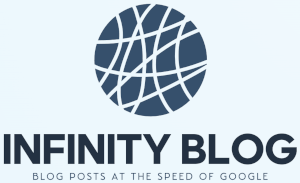
Exploring the Art of Non-Linear Storytelling for Maximum Impact
In the world of storytelling, the traditional chronological approach often limits the potential for audience engagement. Non-linear storytelling offers a revolutionary way to craft narratives that are both compelling and memorable. By jumping back and forth in time or presenting story elements out of order, creators can build suspense and reveal information strategically.
One of the key advantages of non-linear narratives is their ability to mimic the complexity of real life. Life rarely unfolds in a straight line, and stories that reflect this complexity tend to resonate more deeply with viewers and readers. For example, movies like Memento exemplify non-linear storytelling, immersing audiences in a disorienting but captivating experience.
To effectively use non-linear techniques, storytellers can employ flashbacks, multiple perspectives, or interconnected plotlines. These methods allow for layered storytelling that encourages audiences to piece together the narrative puzzle, increasing engagement and emotional investment.
When considering the impact of non-linear storytelling for maximum impact, it’s important to ensure clarity isn't sacrificed. Proper structuring and strategic timing of story reveals are essential to keep audiences invested without confusion.
Ultimately, exploring the art of non-linear storytelling opens up new creative possibilities. Whether in film, literature, or digital media, embracing non-linearity can transform ordinary stories into extraordinary experiences, forging a deeper connection with your audience.
